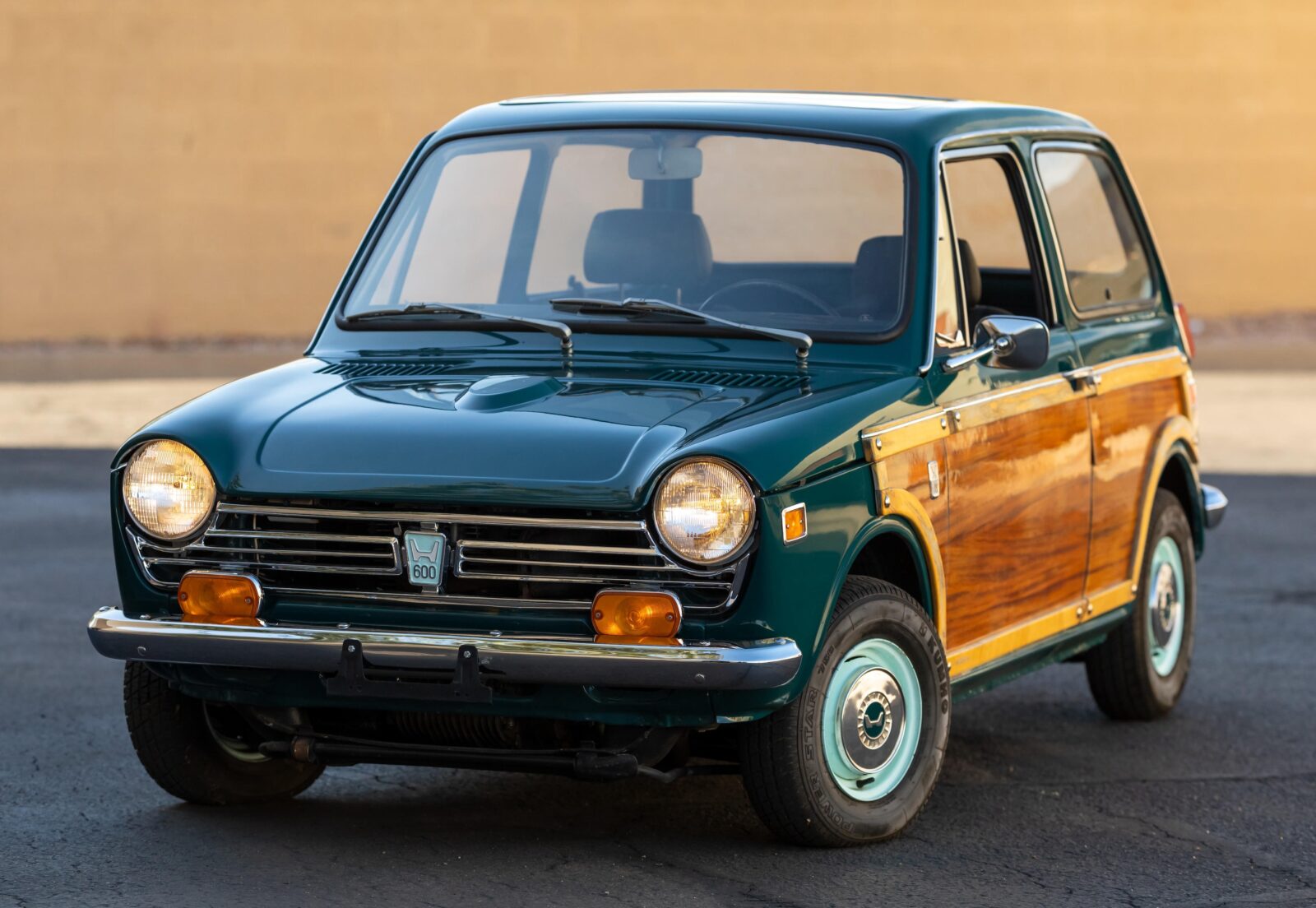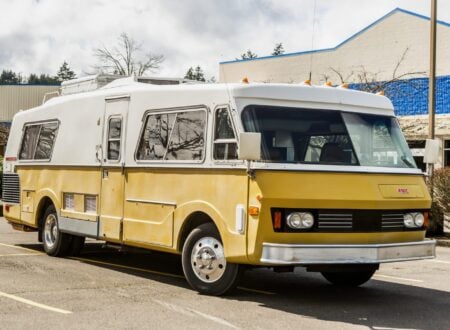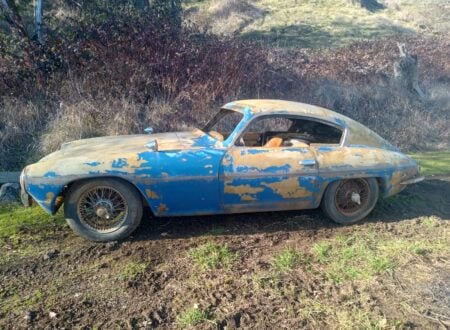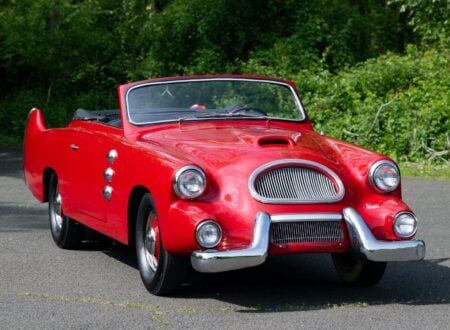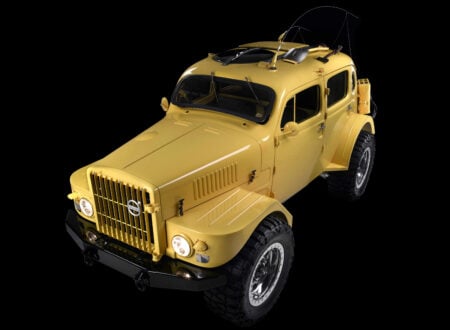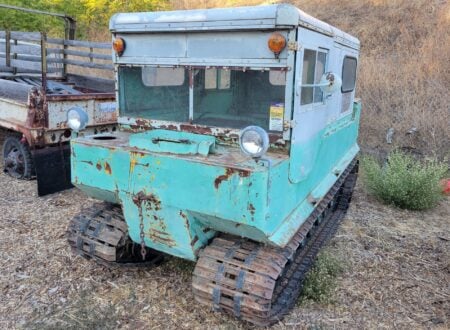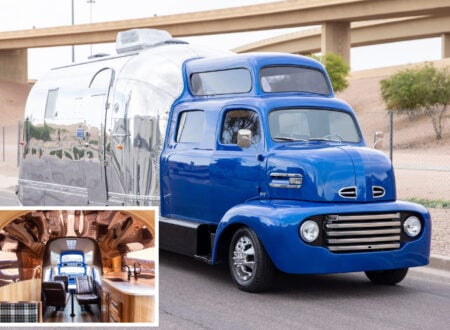The Honda N600 is undoubtedly one of the most important cars in the Japanese company’s history, it was their first automobile officially imported into the United States, leading the way into what would quickly become the marque’s most important market.
The N600 is powered by a 598cc engine that borrowed heavily from Honda’s motorcycle engine from the era, it’s an air-cooled parallel twin with a single overhead cam, two valves per cylinder, and it was good for 36 – 45 bhp at 9,000 rpm.
Fast Facts – A Honda N600 “Woodie Wagon”
- The Honda N600 was introduced in 1967 as part of the Honda N series, which also included the smaller N360. The N360 was designed to comply with Japan’s Kei car regulations, which provided tax and insurance benefits for small-displacement vehicles. However, the N600 was slightly larger to cater to export markets, especially the United States.
- The N600 was powered by an air-cooled, 598cc parallel twin-cylinder engine, an evolution of Honda’s motorcycle engines from the period. This engine was capable of revving to 9,000 rpm and it could produce from 36 – 45 bhp. It powered the car to a top speed of approximately 71 mph, quite an impressive pace for its size and the era in which it was produced.
- Honda had clearly taken significant inspiration from the British Mini, the N600 was front engined and front wheel drive, and it had more than a passing resemblance to its Alec Issigonis-designed forebear.
- The Honda N600 you see here is a 1971 model that has received the “Woodie Wagon” treatment, though this was applied later and not by the factory. It’s believed that this car passed through the hands of Tim Mings of “Merciless Mings”, a California company that specializes in the N600. It’s now being offered for sale with a price guide starting at $14,000 USD.
The Honda N600 And The USA
When the Honda N600 went on sale in the United States in 1968 it represented one of the Japanese company’s largest gambles up until that point. Honda had become a best-selling manufacturer of small and medium capacity motorcycles known for their excellent engineering, fuel economy, and reliability – the N600 was the test to see if these same qualities would prove successful in an automobile.
Above Video: This is a free, feature-length documentary about the N600 and about the first example that was accidentally rediscovered and then restored.
The Honda N600 was closely based on the earlier Honda N360 – a “Kei Car” developed originally for domestic sales within Japan to fit within the Kei Class, a series of engine size and vehicle dimension restrictions that resulted in far lower taxation.
With its 360cc motorcycle engine, the N360 was never going to work in the United States, a nation famous for its love of big cars and hefty V8s. As a result, the N600 was developed, now powered by a 598cc engine derived from Honda’s motorcycle engines of the time.
This engine was advanced by the standards of the era, benefitting from Honda’s extensive experience in motorcycle Grand Prix racing. It was a parallel twin with air-cooling, a single overhead cam, two valves per cylinder, a roller bearing crankshaft, a screaming 9,000 rpm red line, and between 36 – 45 bhp depending on the version.
Power was sent through a 4-speed manual transmission to the front wheels, as a result there was no need for a transmission tunnel and thus the interior of the car could be as spacious as possible – a design trick pioneered by the British Mini back in the late 1950s.
Inside the N600 you could fit up to five people with two up front and three in the rear, though truth be told the rear seat was better suited to carrying two adults at most. With a tested top speed of 77.1 mph (124.1 km/h) and a 0-60 mph (97 km/h) time of 19 seconds, the N600 wasn’t fast, but period reviews praised the car for its spritely handling.
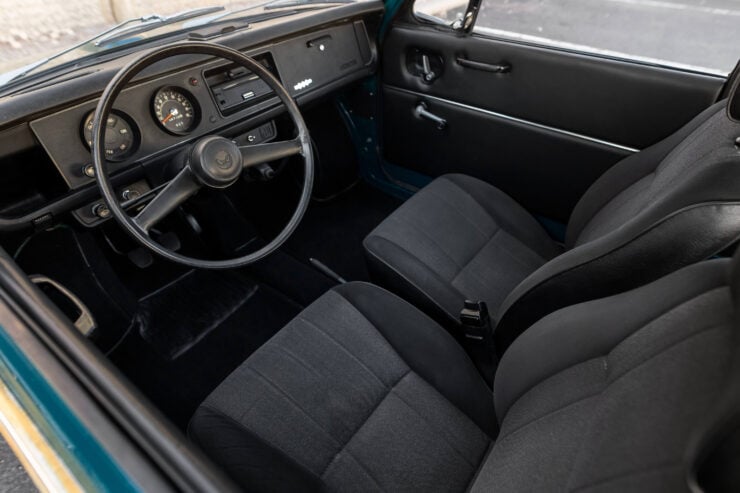

Fuel Economy And The Oil Crisis
Fuel economy was excellent at 36.3 miles per imperial gallon (7.8 liters per 100 kms or 30.2 mpg–US). When the car was first introduced in the late 1960s fuel economy wasn’t a major concern for most Americans, but the Oil Crisis of 1973 would prove broadly advantageous to Honda with their small, economical cars, and sales boomed as a result.
The Honda Civic would debut in 1972 to take over from the N600. It was developed based on lessons learned on the earlier model and as a result it was a little larger and it had a bigger four-cylinder engine with a displacement of 1,169cc – almost double that of the N600.
The Civic would become one of the best selling cars in world history, with over 27 million examples sold since 1972, though most owners have never heard of the diminutive little Honda N600 that walked so the Civic could run.
The 1971 Honda N600 “Woodie Wagon” Shown Here
The vehicle you see here is a 1971 Honda N600 that’s been given the full “Woodie Wagon” treatment, it’s not known when it was customized but it must have been some time ago now, as the wood is showing signs of age-related patina.


The car is finished in deep “Petrol Blue” paintwork with light sky-blue steel wheels with chrome Honda hubcaps. The two-tone woodie wagon carpentry runs town either side of the car, and the interior is finished in black and dark grey, with a lefthand drive layout, wind up windows, and seat belts are fitted.
The car has been a popular member of the Maine Classic Car Museum collection, it’s now being offered for sale by Bonhams on their behalf with a price guide of $14,000 – $18,000 USD and no reserve. If you’d like to read more about it or register to bid you can visit the listing here.

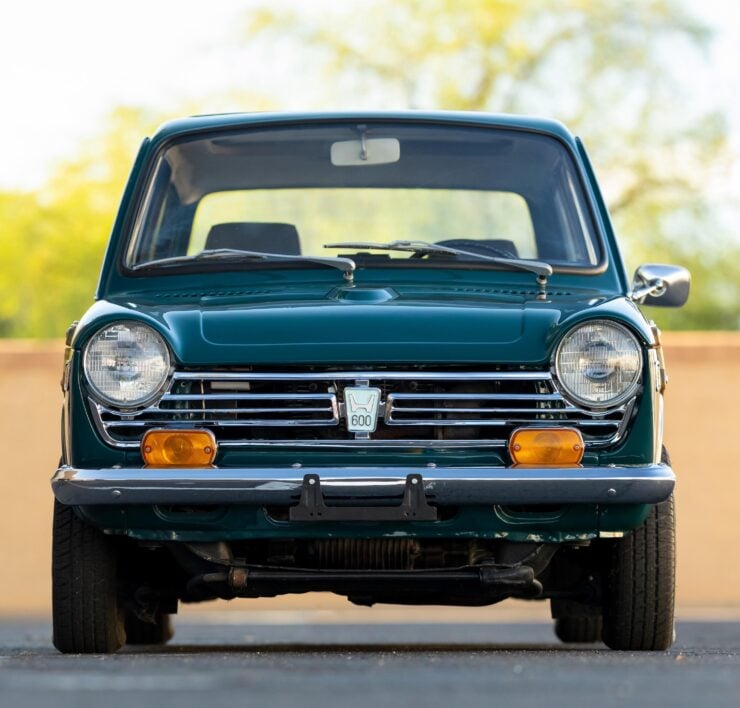
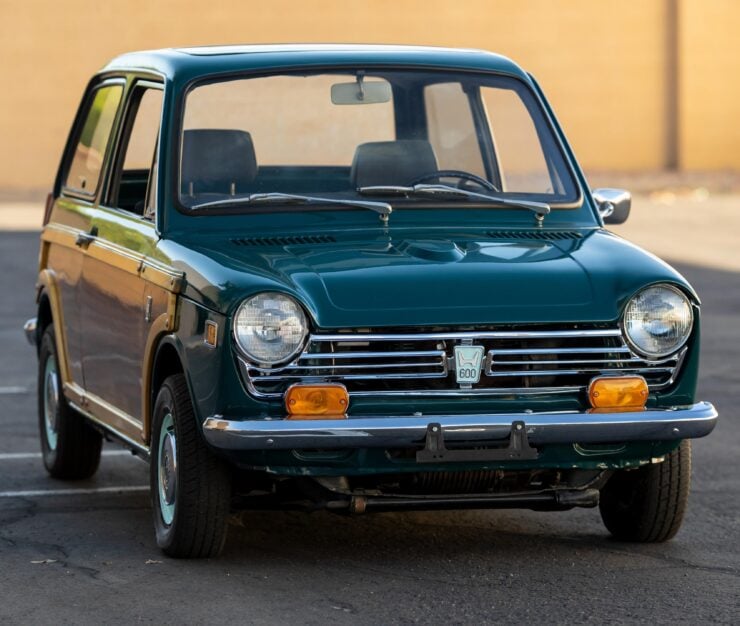
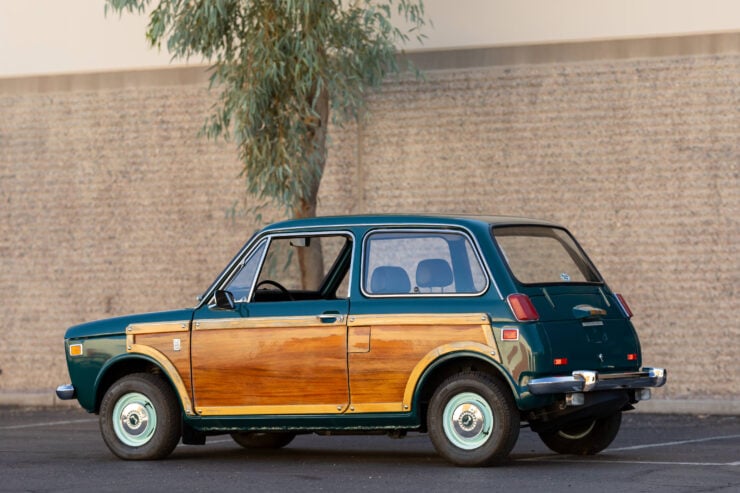
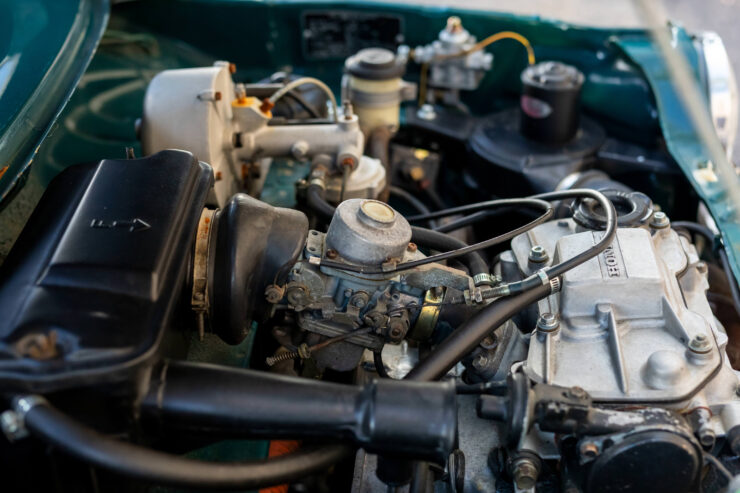
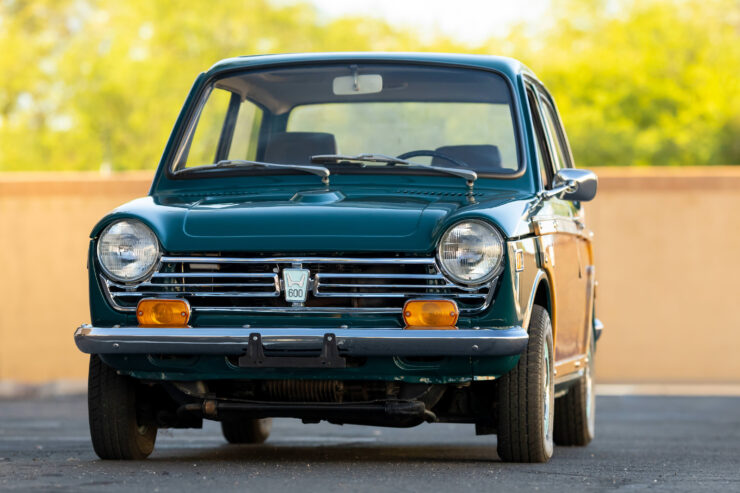
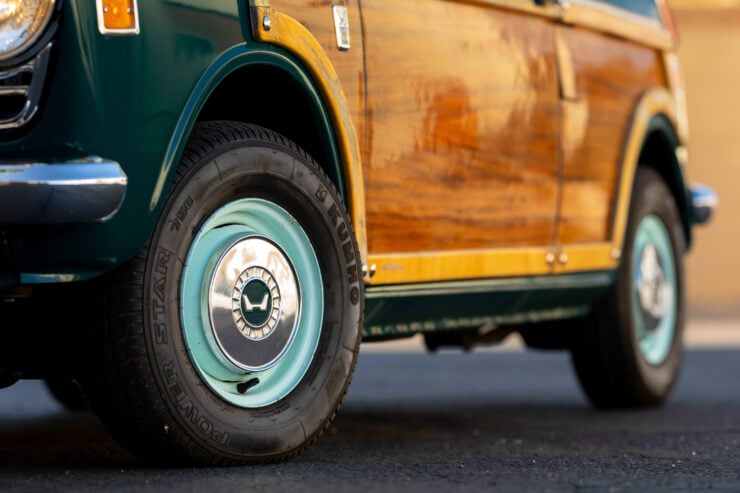
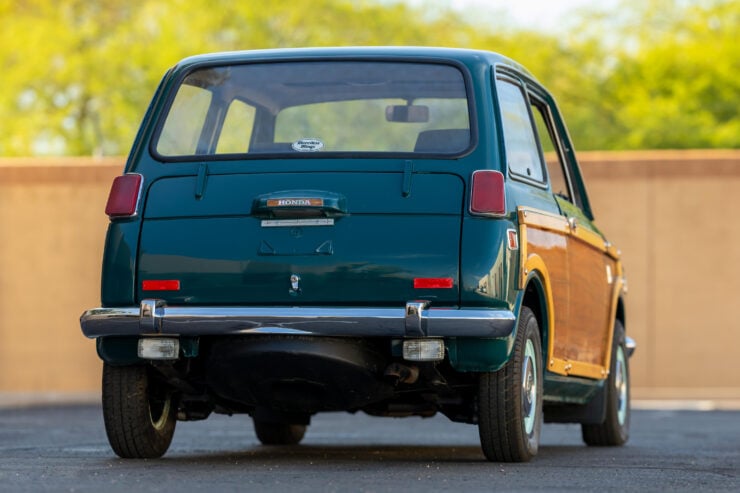
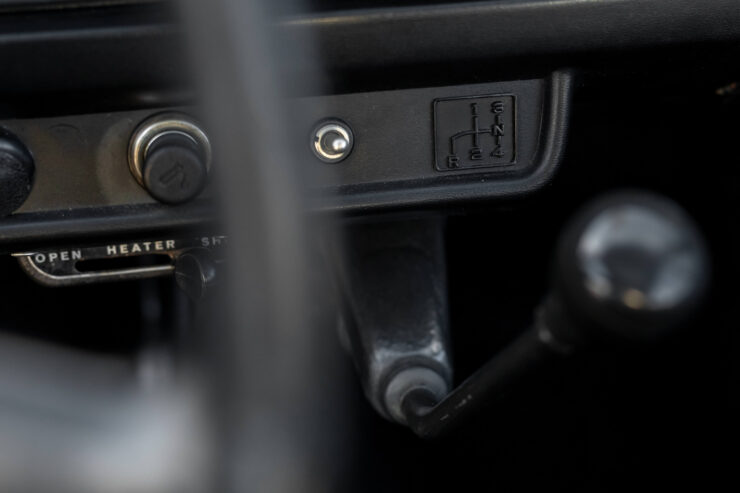
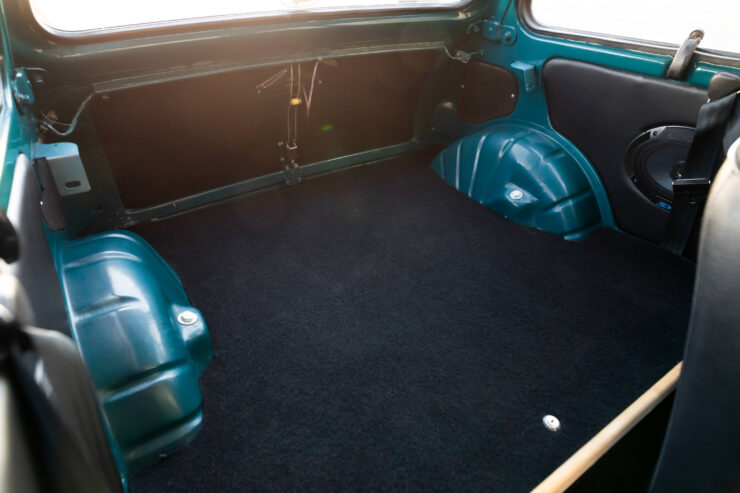
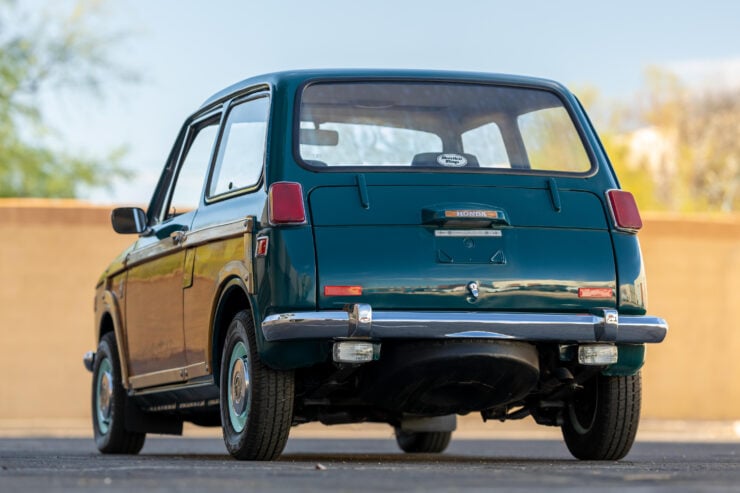
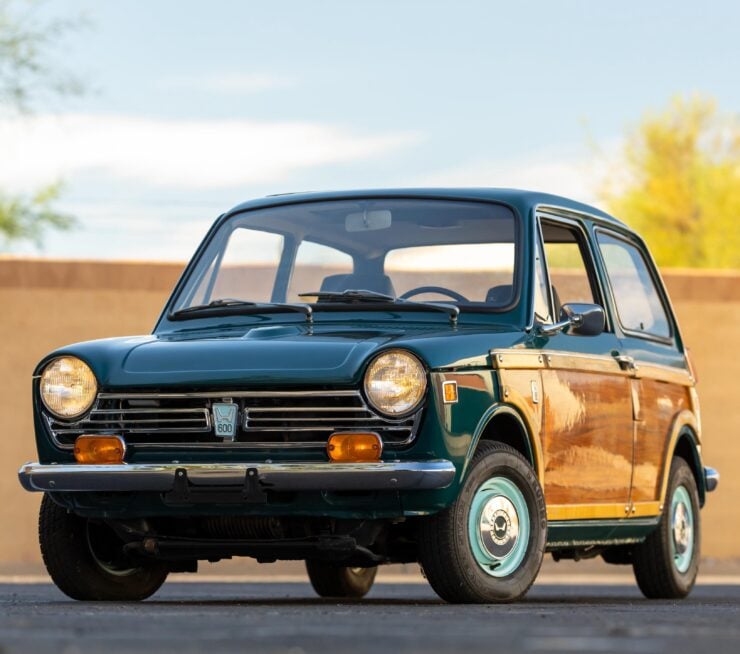
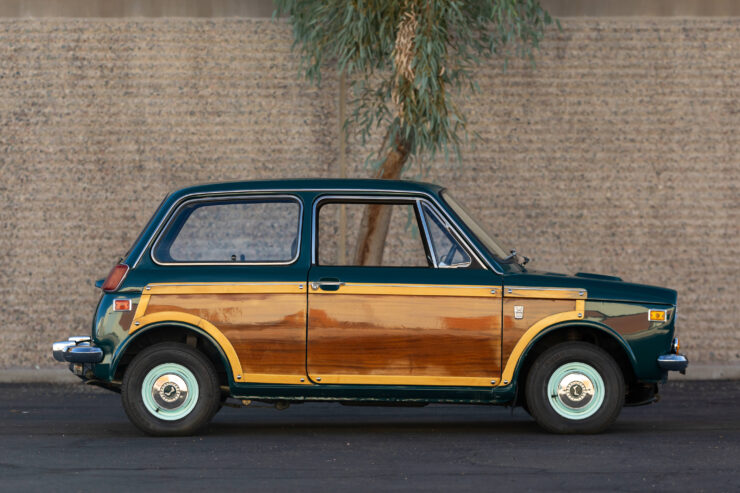
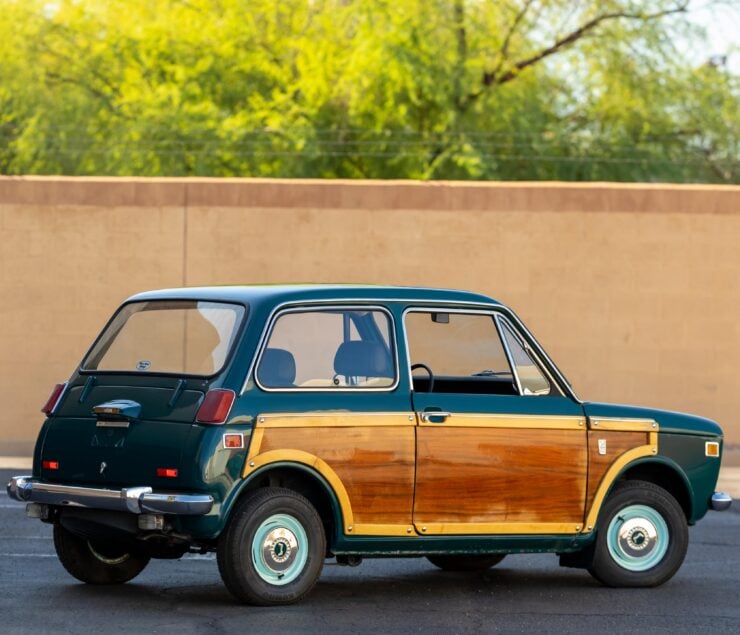
Images courtesy of Bonhams

